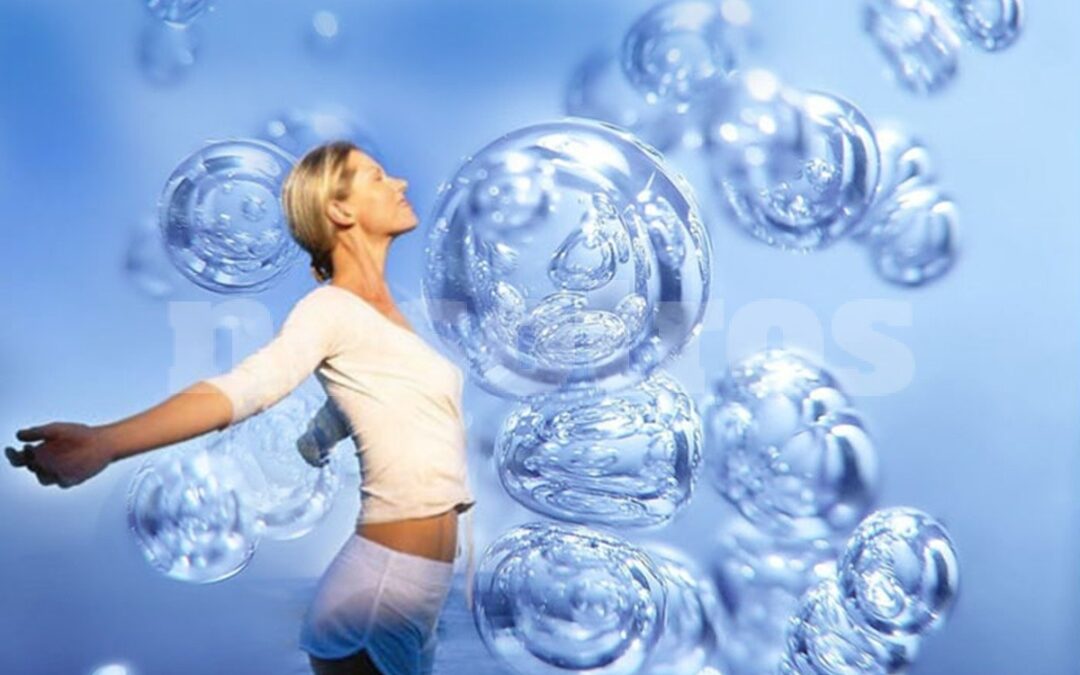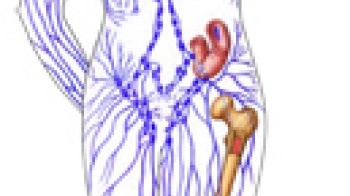Medical lymphatic drainage (MLD)
Professional medical drainage reduces leakage and prevents fluid retention, making your arms and legs lighter. Reducing lymphedema improves mobility and quality of life, reduces postoperative inflammation and changes in skin, such as "orange peel" appearance, brown pigmentation, capillary enlargement, ....
We offer high quality treatments under medical control for primary lymphedema (caused by innate abnormalities of the lymphatic system), and secondary lymphedema (caused by lymphatic system injury). Treatment stimulates the immune system in body detoxification and helps remove excess fluid, reduces the risk of lymphedema, reduces the flow and regains the normal appearance of the skin, improves circulation.
Lymphatic system
The lymphatic system is 4 times larger than the bloodstream, but it does not have its own pump, such as the heart, and it is very easy to accumulate and retain fluidity under the influence of many factors. It consists of a complex network of lymphatic joints, organs (thymus, spleen, lymph nodes). In the lymph nodes fluid is accumulated, concentrated, filtered and purified, removing potentially harmful side microorganisms, bacteria, viruses, fungi and abnormal cells. Lymph nodes are specially involved in removing excess lymphatic fluid as it occurs in inflammatory processes and in removing toxic substances that have somehow penetrated through the skin or mucous membranes in the body of our body. Also, the lymphatic system is an essential part of the immune system, and transmits and fats after resorption in the gut from other organs.
When the lymphatic flow slows down for any reason, cell renewal becomes less efficient, enabling toxic waste, bacteria, protein accumulate around the cell, reducing oxygenation and slowing tissue regeneration, and as a result, the accumulation and retention of protein rich in liquidity occurs extracellular space and tissue leakage, the so-called lymphedema, which, when long lasting, is followed by the process of fibrosis-scar tissue changes.
Indications for medical lymphatic drainage (MLD) can be medical and aesthetic:
Before and after surgical procedures
It reduces the bark and the bones on the skin, thus speeding up wound healing, regenerating the tissue, and reducing the size of the scarring
Chronic edema, chronic fatigue
Due to long-term standing, after a long hike, the islands in the big heat, ...
Venous insufficiency
When not followed by thrombosis, it is an excellent indication for lymphatic drainage, before it is necessary to discolor the thrombosis
Artroze i giht
Islands and joint pains diminish with MLD
Diabetic angiopathy
Symptoms such as "wrinkling and jerking" in the legs are reduced with the MLD
Other circulatory problems of lower extremities
Feeling cold feet, "restless" legs, ...
Swelling of the leg within obesity, weight reduction in combination with dieting
Detoxification of the body
Stimulates lymphatic drainage system as a non-invasive way to remove toxins and cleanse the body
MLD stimulates immunity
Improves health by stimulating natural defense mechanisms, removing symptoms of chronic fatigue, fibromyalgia
Pregnancy and hormones
It reduces the discharge of the ankle and removes the excess fluid, it helps the hormonal balance. Lymph drainage is also effective in menstrual pain, menopausal ruptures and valungae -Serbia's severe legs and varicose veins prevention Reducing the leg island reduces the feeling of weight in the legs, improves discharge and venous system and establishes normal circulation
Lipoedema of cellulite
It helps remove abnormal fatty tissue deposits that accompany and accumulate fluid, what is called lipoedema, which usually interferes between the two legs, causing enlargement of the lower abdomen, while the feet are usually not affected.
Behind breast surgery
Isle of arms is often behind breast surgery and removing lymph nodes MLD can greatly reduce the problem and allow removal of the island
Behind liposuction
It improves the liposuction effect and accelerates the withdrawal of the treated part of the island
Posttraumatic treatment
Reduces symptoms that accompany hematomas, scars and burns, reducing the pain of the extremities. It also makes for a deep relaxation and calming the nervous system, helping to reduce stress and tension.
Method of determining a treatment scheme
After taking complete history and history of the disease, physical treatment is performed and measure the part of the body that will be treated.
In most cases it is necessary to make a detailed color doppler examination of the arteries and veins to exclude the existence of thrombosis or arterial occlusion as the cause of the existing problems when other methods of diagnosis and treatment are needed rather than MLD.
Treatments last for 30-60 minutes, depending on the type of problem. Intensive treatment may require 3-5 treatments during the week, repeated during 1 to 4 weeks, then 3 months, and 6 months, then once a year.
There are several types of lymph drainage, whose foundation was set up by Vodder in the 30s of the 20th century, and which was later upgraded by Földi (1960s), Leduc (1960s) and Casley-Smith (1970s).
All types of lymphedema treatment include four basic methods:
-Medical lymphatic drainage - rhythmic and mild massage that stimulates the lymph flow by methodological stretching and copmresion of skin and deeper tissue, manually or with the aid of various lymphatic drainage system
-Elastic compression socks - prevent the accumulation of fluid. It is very important that they are taken with proper correctio
-Skin Care - Keeps your skin in healthy condition, reducing the risk of infectio
-Regular Physical Exercise - Regular Exercise is essential to maximizing lymph drainage and is a prerequisite for maintaining ideal body weight.


